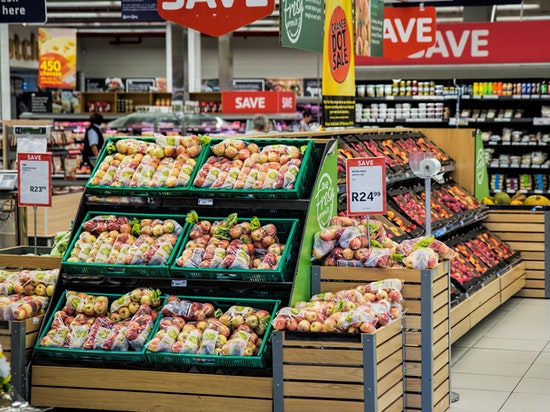- SWOT Analysis ›
- Food & Beverages ›
- Red Lobster SWOT Analysis
Red Lobster SWOT Analysis
Here is a detailed SWOT analysis of Red Lobster covering strengths, weaknesses, opportunities and threats.
SWOT analysis is a management strategy framework used by businesses like Red Lobster for assessing organization’s Strengths, Weaknesses, Opportunities, and Threats to guide strategic decision-making. By examining these internal and external factors, companies can capitalize on advantages, mitigate risks, and chart a more competitive path forward. Let us start the SWOT Analysis of Red Lobster below.
Red Lobster Strengths
- Strong Brand Recognition in the US
- Synergies with other Darden restaurants such as Olive Garden
- Loyal customers and good customer retention
- Strong management
- The brand has its presence at over 700 locations
- Strong legacy since its inception in 1968
Above are the strengths in the SWOT Analysis of Red Lobster. The strengths of Red Lobster looks at the key internal factors of its business which gives it competitive advantage in the market and strengthens its position.

Red Lobster Weaknesses
- Low market share as compared to prominent global food chains
- Limited geographic presence as it is not present internationally
These were the weaknesses in the Red Lobster SWOT Analysis. The weaknesses of a brand are certain aspects of its business which it can improve.
Red Lobster Opportunities
- Worldwide expansion to increase its reach
- Innovation with dishes
- Acquisitions of smaller chains can help expand the brand
- Reduce costs through improved operations
Above we covered the opportunities in Red Lobster SWOT Analysis. The opportunities for any brand can include prospects of future growth.
Red Lobster Threats
- Increasing competition within restaurant business
- Changes in lifestyle and consuming habits
- Scarcity of exclusive raw materials
- Increasing labor costs
The threats in the SWOT Analysis of Red Lobster are as mentioned above. The threats for any business can be external factors which can negatively impact its business.
Hence this concludes the Red Lobster SWOT analysis.
About Red Lobster
The table below gives the brand overview along with its target market, segmentation, positioning & USP
| Red Lobster Overview | |
|---|---|
| Parent Company |
Golden Gate Capital |
| Category |
Restaurants |
| Sector | |
| Tagline/ Slogan |
Fresh Fish , Live Lobster |
| USP |
Sea food served differently |
| Red Lobster STP | |
| Segmentation |
Seafood |
| Target Market |
Upper class consumers |
| Positioning |
High quality seafood served differently |
This article has been researched & authored by the Content & Research Team which comprises of MBA students, management professionals, and industry experts. It has been reviewed & published by the MBA Skool Team. The content on MBA Skool has been created for educational & academic purpose only.
Browse marketing analysis of more brands and companies similar to Red Lobster. This section covers SWOT Analysis along with Segmentation, Target Market, Positioning & USP of more than 2000 brands from over 20 industry sectors.
Continue Reading:
The brand names and other brand information used in the SWOT Analysis section are properties of their respective companies. The companies are not associated with MBA Skool in any way.
Edit the brand or add a new one to SWOT Analysis section : Contribute
What is MBA Skool?About Us
MBA Skool is a Knowledge Resource for Management Students, Aspirants & Professionals.
Business Courses
Quizzes & Skills
Quizzes test your expertise in business and Skill tests evaluate your management traits
Related Content
All Business Sections
Write for Us